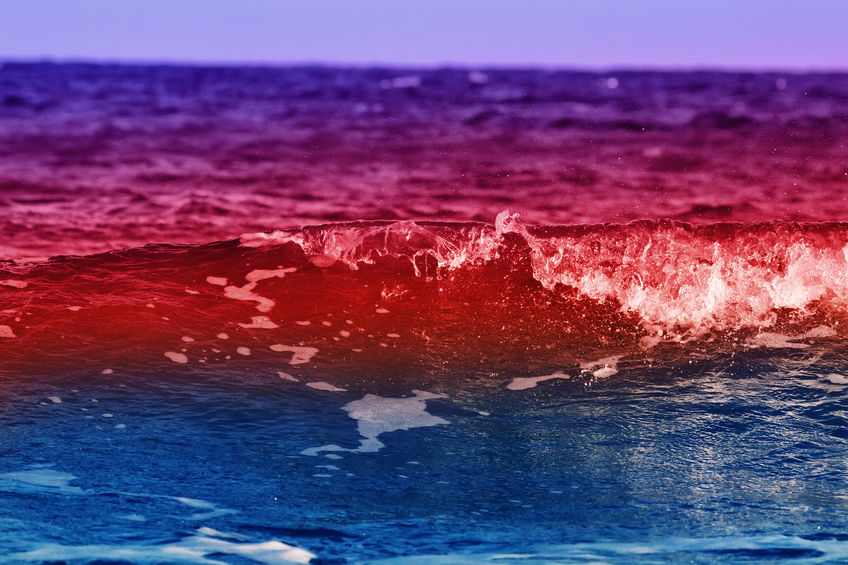Seafood has become an increasingly important source of food as the human population has grown. For example, coastal developing countries rely on seafood which provides as much as 70% of animal protein consumption, a critical food source for them.
Climate patterns across various ocean regions have impacted the production, survival, and performance of fish, fisheries, and aquaculture. This in turn directly impacts the populations that rely on this resource for a living.
A new report published by FAO in partnership with IRD, says the events of El Niño and La Niña (recurring climate patterns made of warm and cool phases across the tropical Pacific, popularly known as the El Niño-Southern Oscillation or ENSO) “generally worsen the effects of climate change on fish, fisheries, and aquaculture.”
A Rugters University study also points out that many species of flounder, lobster, mackerel and crab are migrating to find colder waters as oceans warm. The study suggests that such shifts may lead to reductions in fish supply.
Changes Need to Be Made.
Industry Change – Rights to harvest a certain species of fish is regulated. These regulators have made rules based on the notion that fish species live in particular waters and really don’t move much. With climate change that has changed and because of this international agreements for the collaborative monitoring and sharing of fisheries as they move needs to be had. A tough path as international tensions over trade, borders and sovereignty can and most likely will be had. Even so, this needs to be addressed.
Consumer Change – Educating consumers on seafood choices is paramount. Seafood choices like monkfish, dogfish, and green crabs are all good examples of underutilized or invasive species that fit the definition of climate friendly. Guiding consumers to these species could help by making people a lot more aware about the impacts of their consumption, you are also creating a demand for new types of products. A win-win.
No one can argue that there are current and future climate change concerns that need to be addressed. Concerns that will have a financial impact as well as a humanitarian one on the seafood industry as a whole. A new fresh approach to solving this dilemma needs to be had. Our future relies on it.

